5. Russian Ark (2002, Aleksandr Sokurov)
Cinematographer: Tilman Büttner
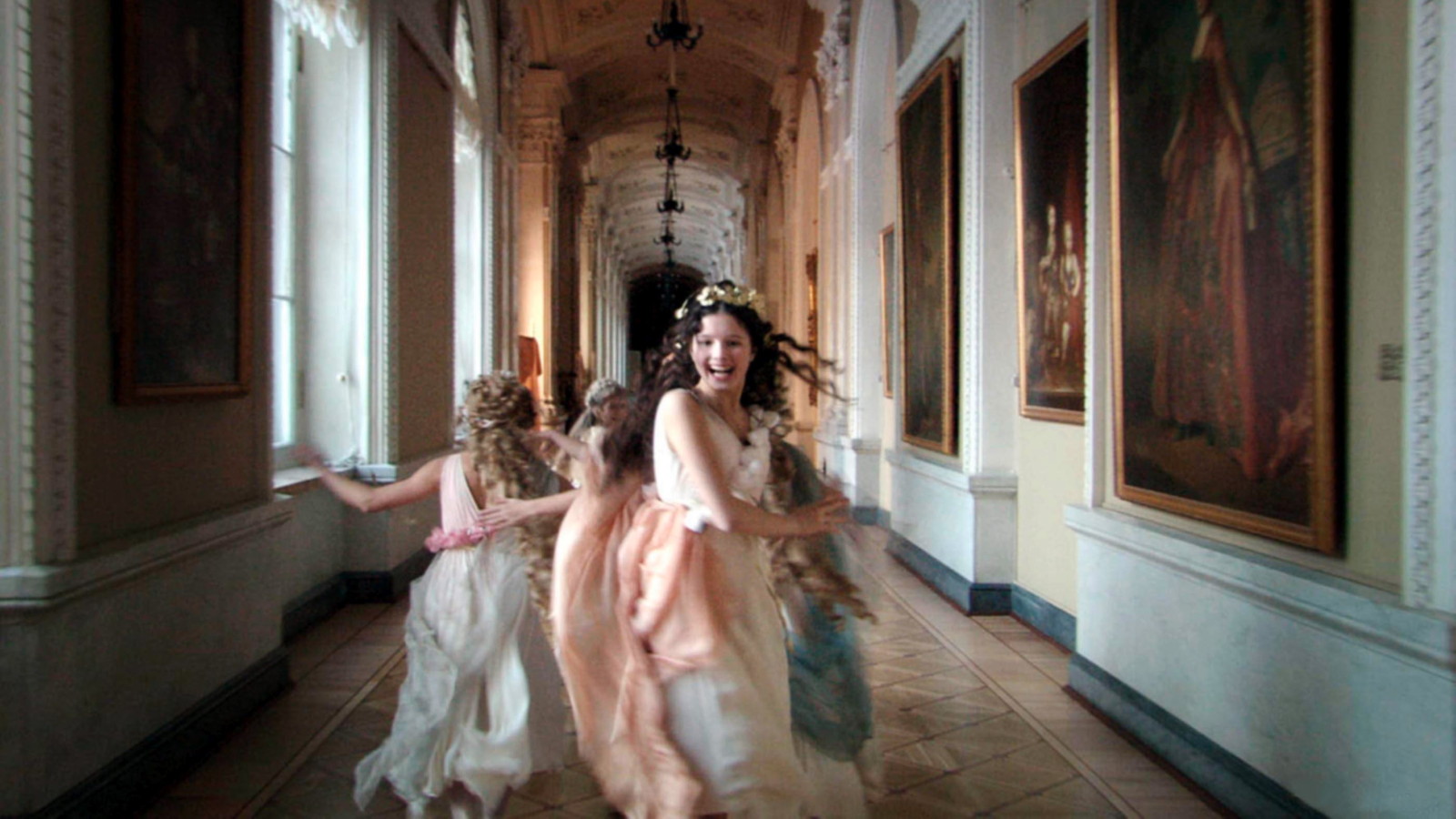
Continuing with the adding of films that more directly concern themselves with the actual art of paintings, “Russian Ark” is situated inside the overwhelmingly beautiful Russian State Hermitage Museum. It’s all shot in one single 96-minute shot, which is, of course, quite impressive in and of itself. The achievement of not one single cut feels like a tribute to cinema’s origins, but also art history in general, as it is filmed at the majestic museum.
However, for this list, what makes it so special are the actual visuals of the film. Of course, paradoxically enough, a lot of the film has actual paintings in it, but it is the combination of the wonderful architecture, interior decor, period costumes, natural lighting etc. that makes the film look like a Renaissance painting.
Due to the fact that they practiced with actors, extras, and the camera for many months before shooting and drawing out a route, you could pause the film at any given moment and the attention to detail would be evident at once, much like a painting.
4. The Fall (2006, Tarsem Singh)
Cinematographer: Colin Watkinson
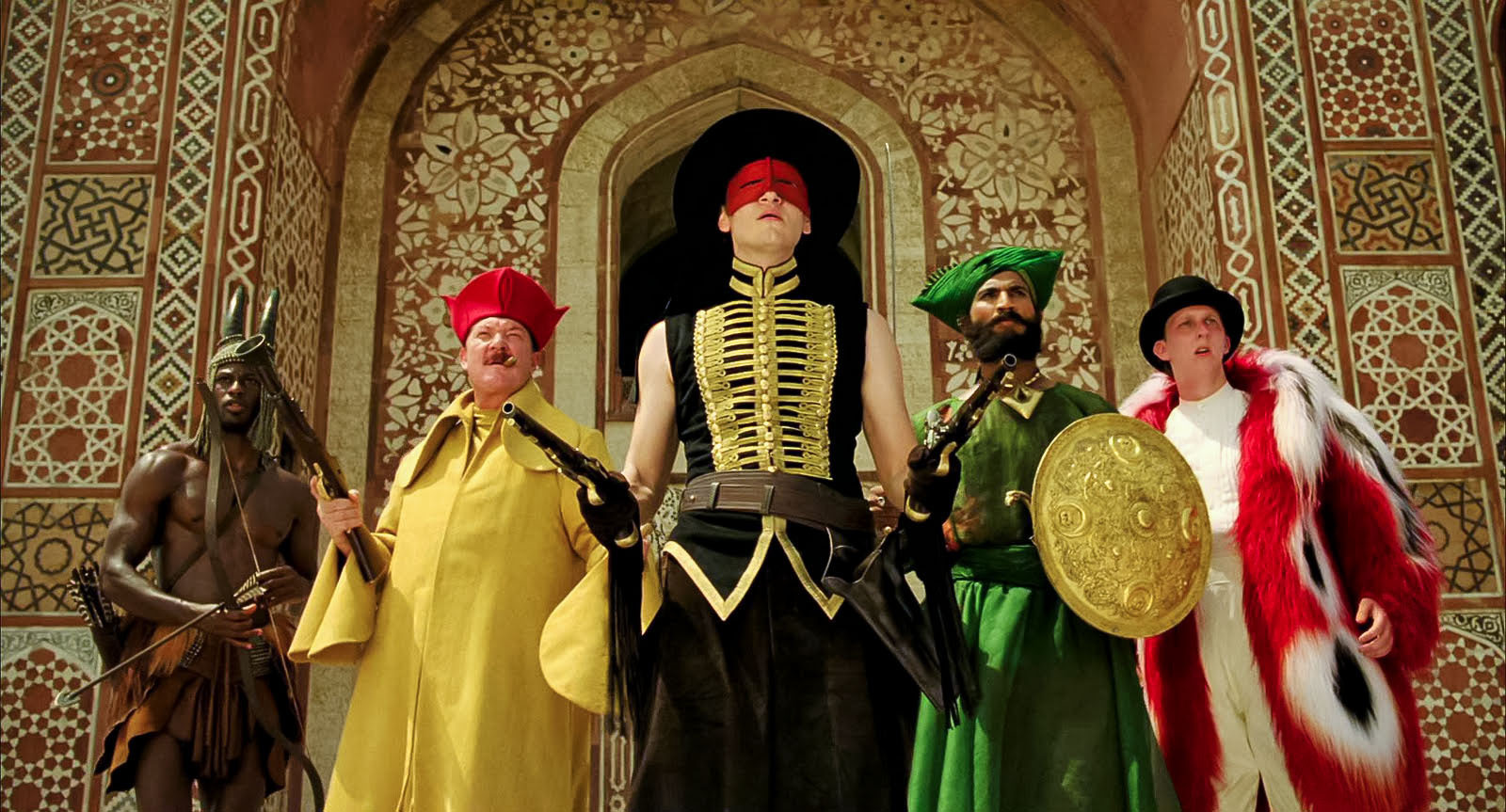
With “The Fall,” you can tell that there’s a certain inspiration from the art of painting just by looking at its poster, which pays tribute to Salvador Dali. However, when watching the film, it quickly becomes obvious that the poster is just a small part of it.
The film is a combination of all kinds of stunning locations, animated sequences, vibrant colours, hidden symbols, tableau framing, and surreal proportions, sometimes resembling that of Dali, other times Caravaggio, and sometimes even religious murals.
It’s visually highly stimulating to watch, as Singh was definitely not afraid of experimenting, and every scene with its small details and colour palette almost feels like it could be put into a frame and hung up at a museum at once.
3. The Mirror (1974, Andrei Tarkovsky)
Cinematographer: Georgi Rerberg
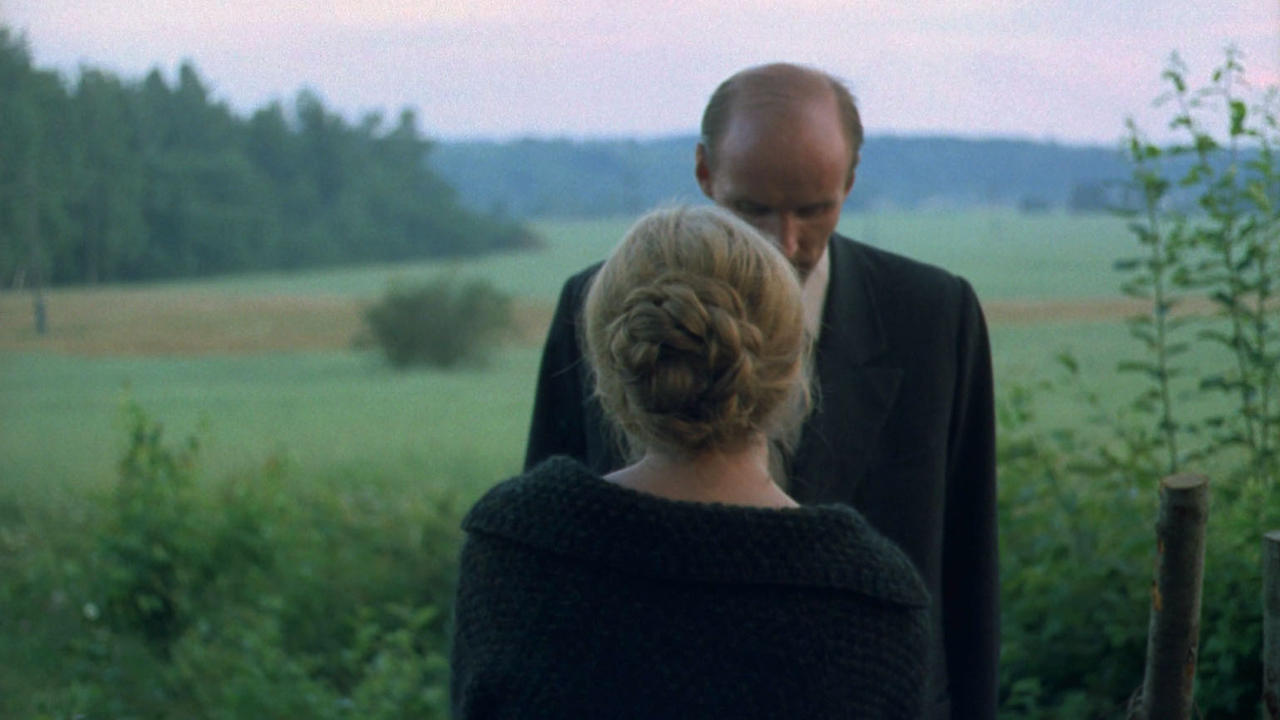
“The Mirror,” not unlike Tarkovsky’s other films, is devoid of most dialogue and instead focuses on its imagery and the language that visuals can be. This is done through almost oneiric images and symbolic hints and details in every frame, which has both been compared to modernist literature (stream of consciousness) as well as impressionistic paintings.
Of course, there’s also the use of long takes that truly immerses the viewer into the film, much like studying art at a museum, as the static shots lets the viewer slowly discover atmospheres and textures by themselves.
It’s visually a very rich film, but perhaps the most obvious compositional likeness to classical art is the large amount of headroom one sees in many of the shots, especially outside in nature. And of course, as the film doesn’t attempt to explain itself to the viewer or push any certain meaning down their throats, it is in the end very much up to interpretation, just like a painting.
2. Loving Vincent (2017, Dorota Kobiela & Hugh Welchman)
Cinematographers: Tristan Oliver & Lukasz Zal
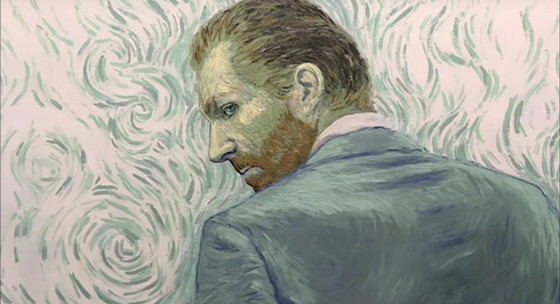
“Loving Vincent” might just be the most obvious addition to this list, seeing as it is made up of actual paintings, all painted in the style of artist Vincent van Gogh. The film was created entirely by oil paintings on canvas, and thereby every one of the 65,000 frames of the film is an actual painting. It was done by a team of 125 painters, and is very reminiscent of the late painter’s unique style, techniques, and colour palette.
Furthermore, interestingly enough, the film was actually initially filmed as a live action movie, and then the paintings were made over the live action footage. When filming the actors and actresses, who then later were painted over, they were each introduced as their characters in a pose and costume similar to a painting of van Gogh’s, which is quite nice when you see the comparisons by the end of the film. In general, “Loving Vincent” is a beautiful combination of painting and film.
1. Barry Lyndon (1975, Stanley Kubrick)
Cinematographer: John Alcott
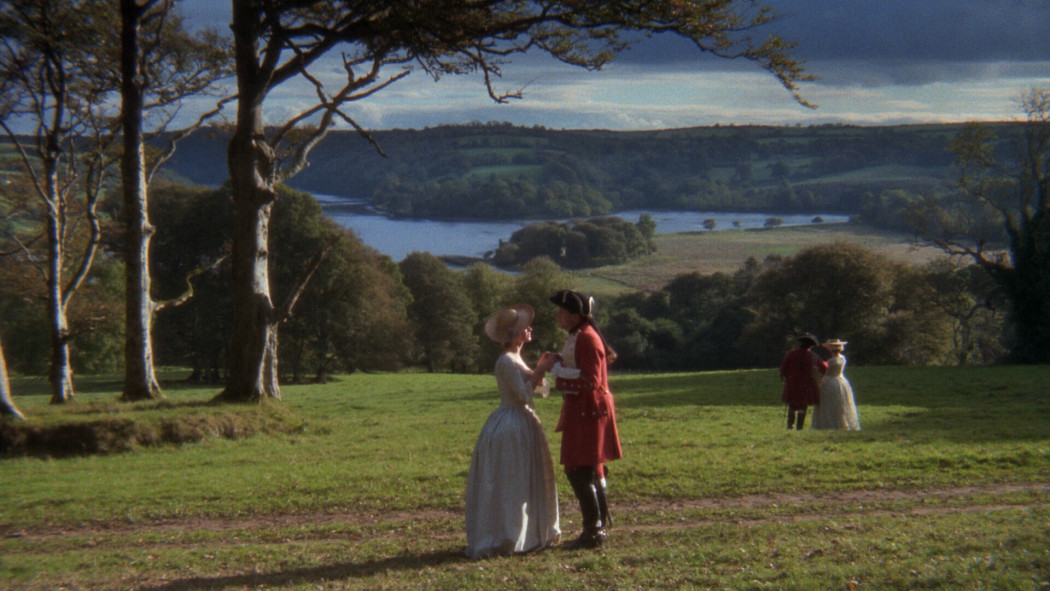
The last film is, while still being completely its own visual art piece, very well known for its painteresque visuals. Whereas some of the other mentions on this list weren’t necessarily consciously inspired by paintings, “Barry Lyndon” certainly was – and to great success.
It’s a period epic where Kubrick wanted to recreate the glow of a pre-electrical age, which he then did. Stylistically, he chose to give the film a very static and painterly quality as frames in the film are often held for a very long time with very little movement.
There might be many reasons to do so, but one of them was that because they chose to shoot all interior scenes in stately homes with natural lighting (only lit by genuine candlelight), actors and actresses had to move very slowly to avoid any underexposure. The stillness, of course, can be associated to that of paintings, but it is also the choice to use candlelight that is reminiscent of the kind of world the 18th century painters and Dutch masters would have seen and recreated on their canvases.
Of course, there are also other elements aside from the lighting that make this film so very reminiscent of paintings, such as the richness of the fabrics and materials used in both costumes and interior decorating, the headspace in widescreen frames, the exterior of wonderful Irish landscapes, and the general feeling of having just walked through an art gallery with the precisely composed frames. In general, a very beautiful achievement and a great fit for this list.